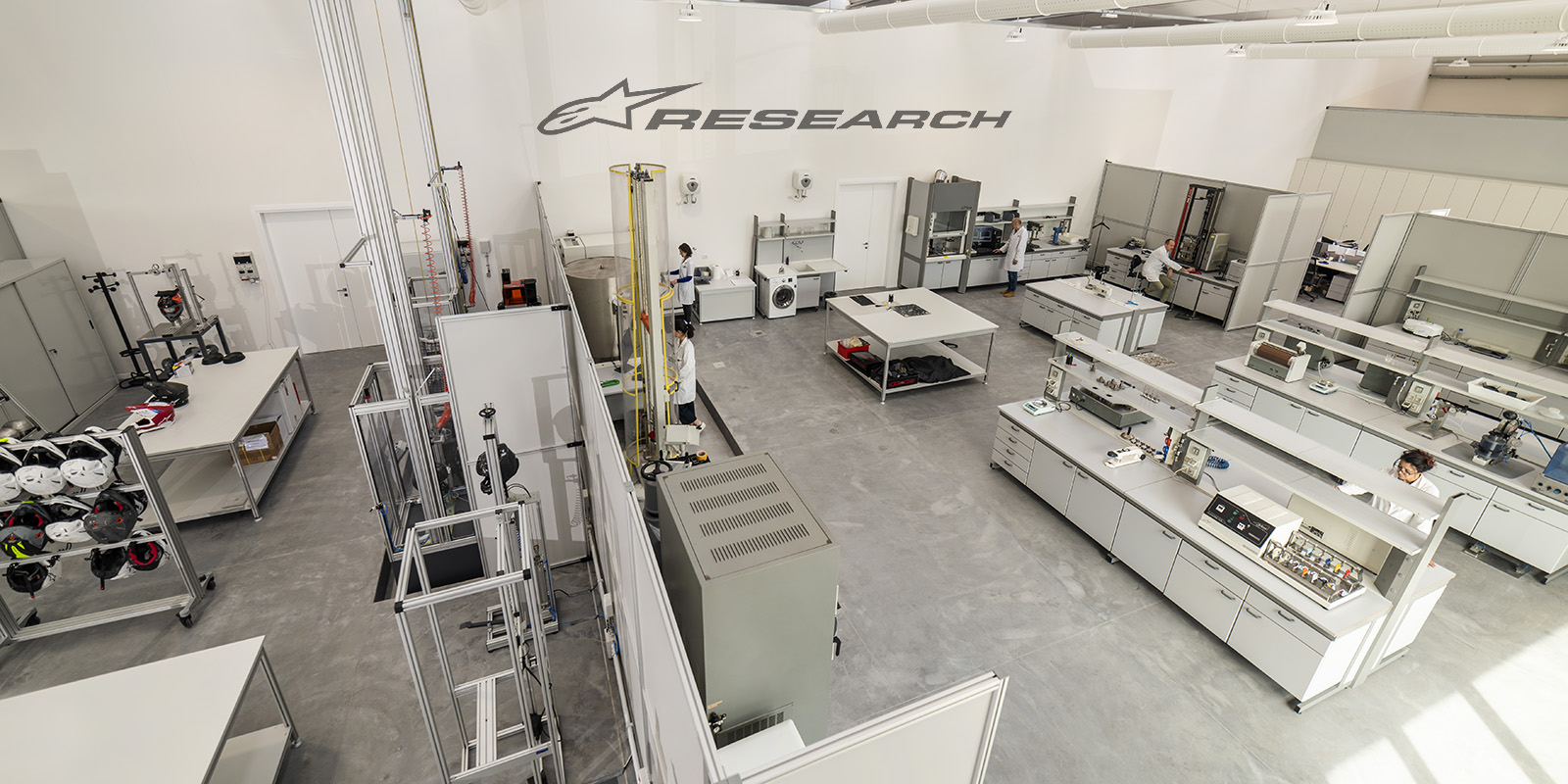
Laughter that comes from tickling is called gargalesis, and aside from primates the only animal known to experience it is the rat.īy the second half of the 20th century, enormous increases in worker productivity-fostered by mechanization and the factory system-had yielded unprecedentedly high standards of living in industrialized nations. These harsh conditions gave rise in the second half of the 19th century to the trade-union movement, in which workers organized in an attempt to improve their lot through collective action. Factories tended to be poorly lit, cluttered, and unsafe places where workers put in long hours for low pay. Moreover, many of the new unskilled jobs could be performed equally well by women, men, or children, thus tending to drive down factory wages to subsistence levels. The movement toward industrialization often led to crowded substandard housing and poor sanitary conditions for the workers. Whereas many workers had inhabited rural areas under the domestic system, the factory system concentrated workers in cities and towns, because the new factories had to be located near waterpower and transportation (alongside waterways, roads, or railways).

The resulting system, in which work was organized to utilize power-driven machinery and produce goods on a large scale, had important social consequences: formerly, workers had been independent craftsmen who owned their own tools and designated their own working hours, but in the factory system, the employer owned the tools and raw materials and set the hours and other conditions under which the workers laboured. Over time the nature of technological change shifted from the introduction of new mechanical contrivances to developments in the application. This advance signaled the onset of mass production, in which standardized parts could be assembled by relatively unskilled workmen into complete finished products. In the new system, the musket parts were machined to such precise specifications that a part of any musket could be replaced by the same part from any other musket of the same design. Prior to this, each part of a musket (or anything else assembled from multiple components) had been individually shaped by a workman to fit with the other parts. This system was enhanced at the end of the 18th century by the introduction of interchangeable parts in the manufacture of muskets and, subsequently, other types of goods. The use of waterpower and then the steam engine to mechanize processes such as cloth weaving in England in the second half of the 18th century marked the beginning of the factory system. The factory system replaced the domestic system, in which individual workers used hand tools or simple machinery to fabricate goods in their own homes or in workshops attached to their homes. The system arose in the course of the Industrial Revolution.

Saving Earth Britannica Presents Earth’s To-Do List for the 21st Century.Britannica Beyond We’ve created a new place where questions are at the center of learning.


#Factory town development goals how to#


 0 kommentar(er)
0 kommentar(er)
